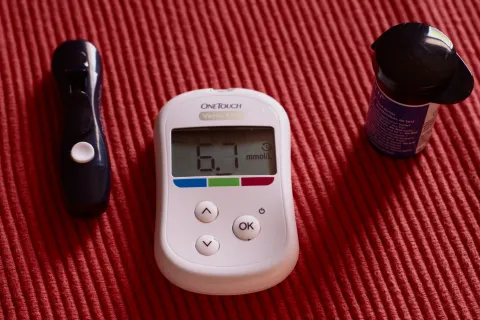FDA embraces autism community’s priorities for new treatments
Agency distills take-home messages from 2017 public meeting; read the report and a Q&A with two parent participants from Autism Speaks
April 2, 2018A new U.S. Food and Drug Administration (FDA) report, “The Voice of the Patient: Autism,” distills the input the agency received from members of the autism community during a 2017 public meeting and panel discussion on Patient-Focused Drug Development in Autism.
The public meeting and report are part of a broader FDA initiative to make patient priorities an integral part of drug development.
The FDA’s most familiar role is as the arbiter of whether a new medicine is safe and effective for public use. The agency also plays a crucial role in guiding the early design of studies that aim to bring new treatments to market. It is in this second role that the agency has promised to represent patient priorities and perspectives.
For instance, the new FDA report on the autism community’s priorities includes emphasizes a desire for therapies that “alleviate our discomforts rather than … take away our unique gifts.”
It also notes a community consensus on prioritizing treatments for the many health conditions that frequently accompany autism. These include epilepsy, GI disorders, disrupted sleep, medication-related obesity and mental health challenges including anxiety, attention deficit and hyperactivity disorder (ADHD) and depression. (To learn more, see Autism and Health: A Special Report by Autism Speaks.)
By contrast, participating members of the autism community expressed relatively low interest in medicines or other therapies that decrease sensory-related repetitive behaviors such as flapping and spinning. So in using that feedback, the FDA might discourage researchers from making “decreased repetitive behaviors” a primary goal in a study evaluating the benefits of a new medicine or other treatment.








